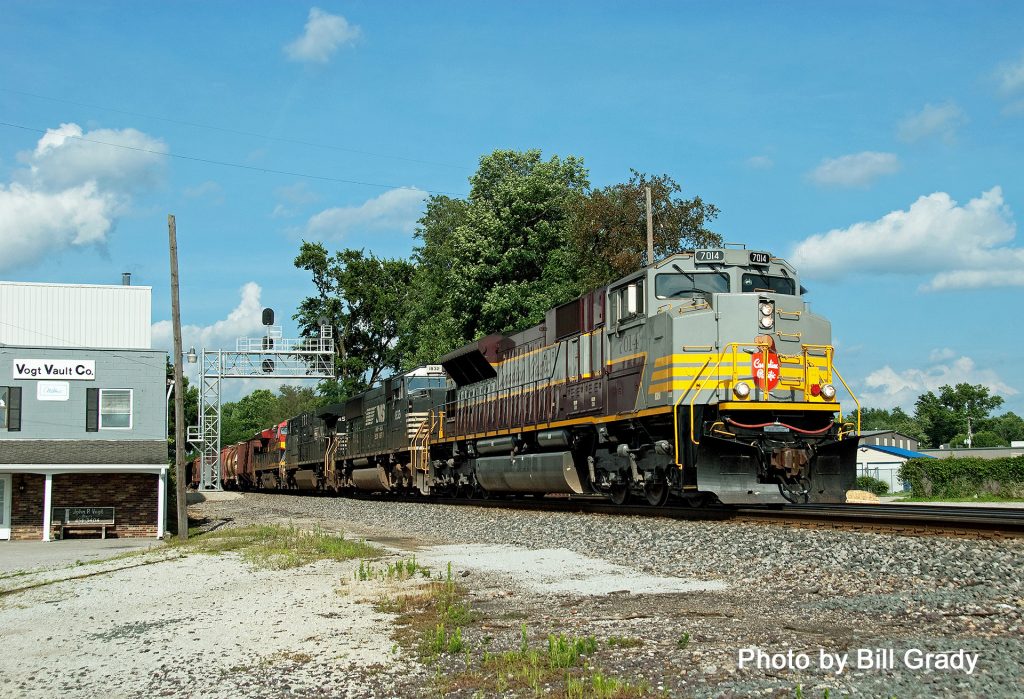
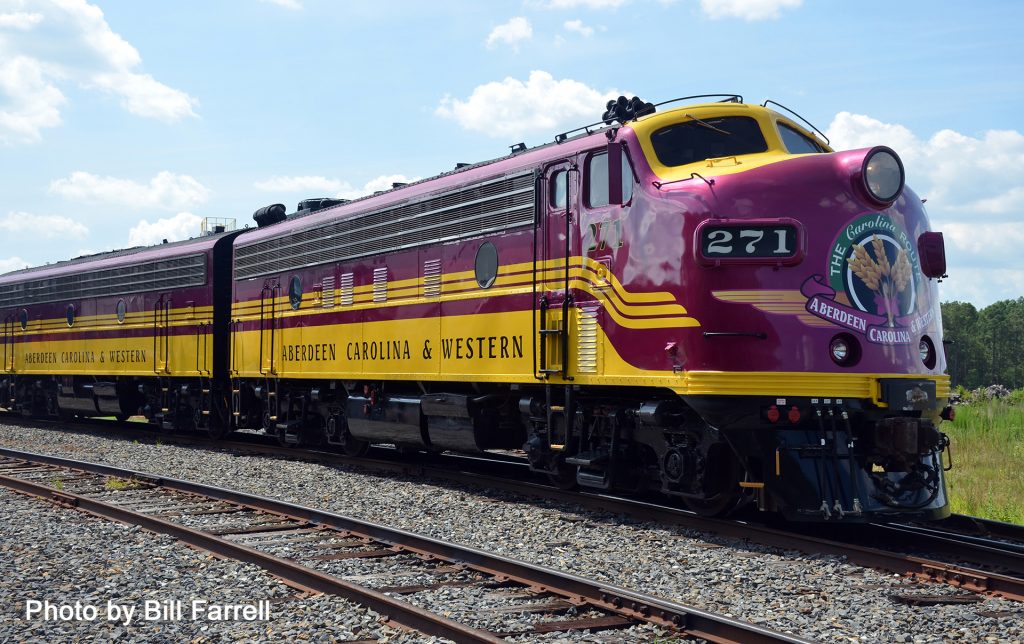
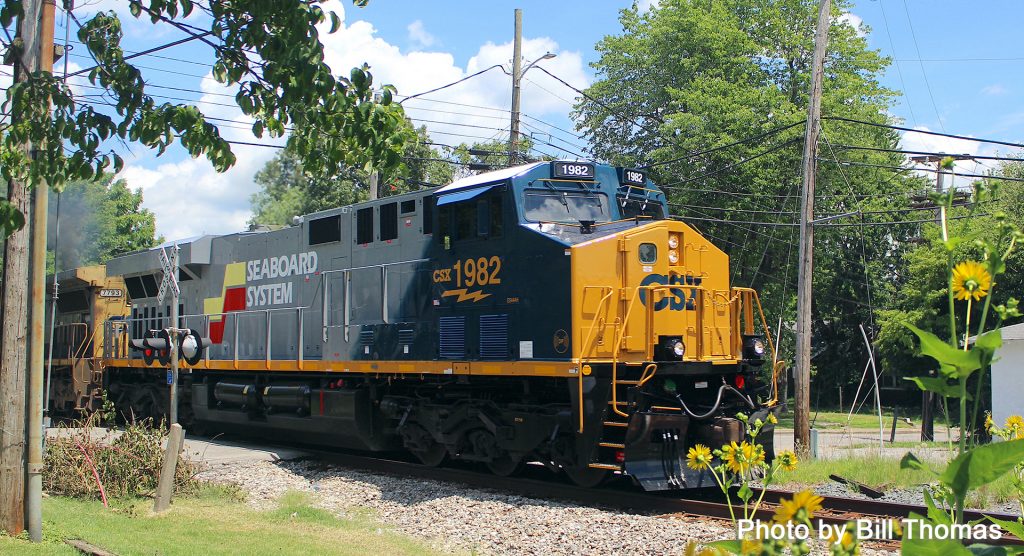
Other Entries
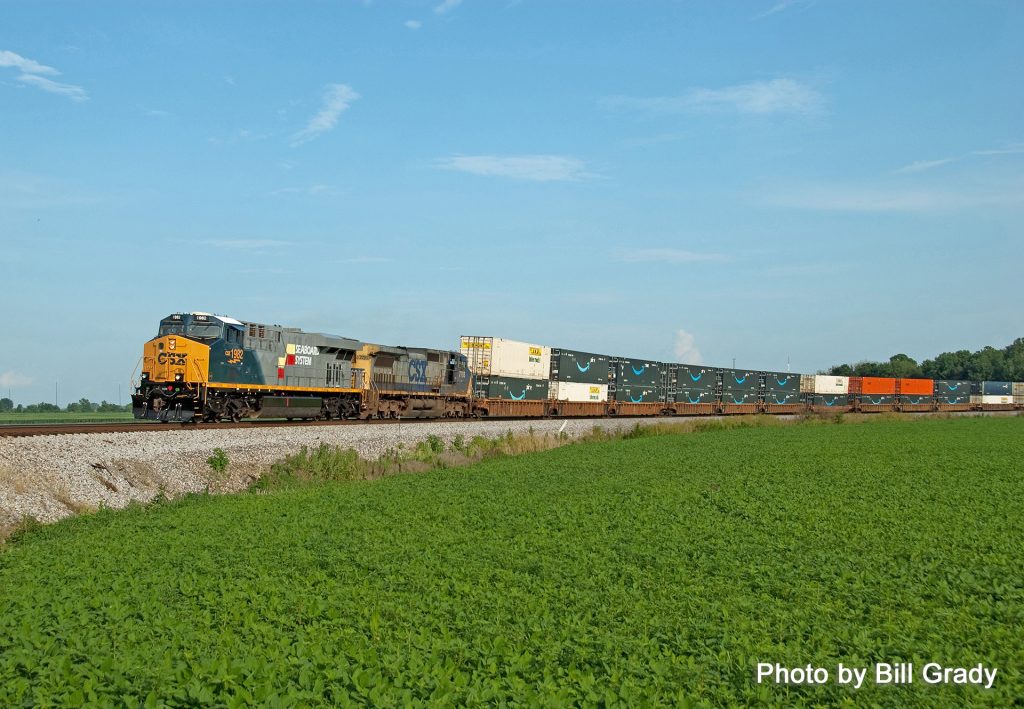
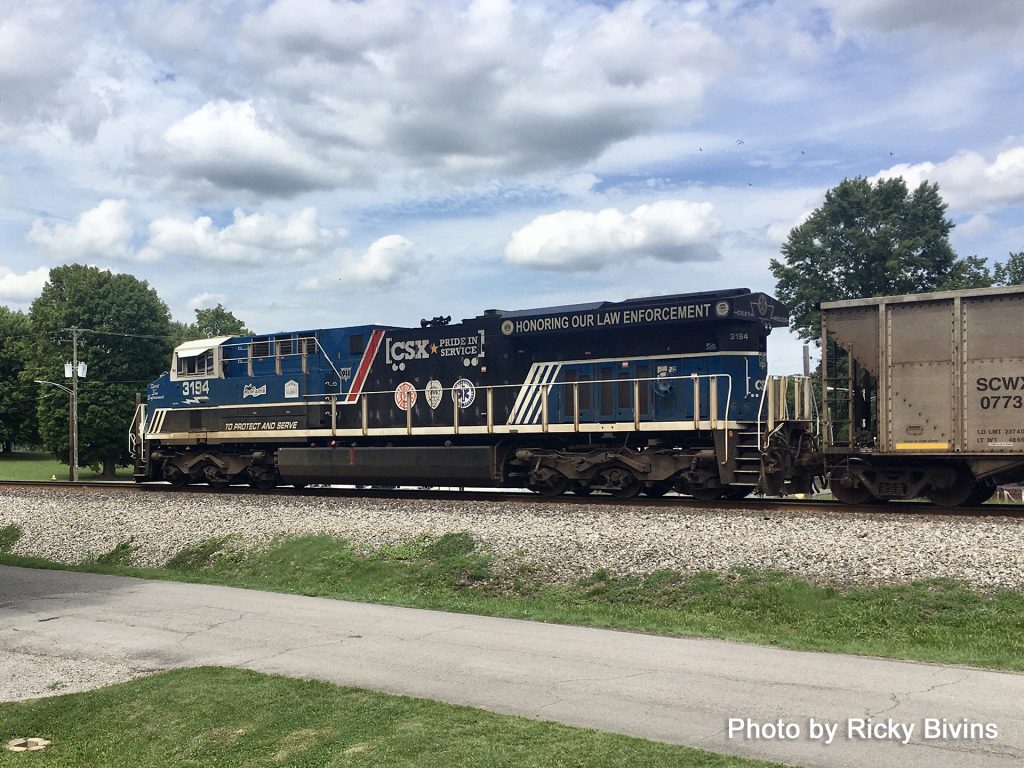
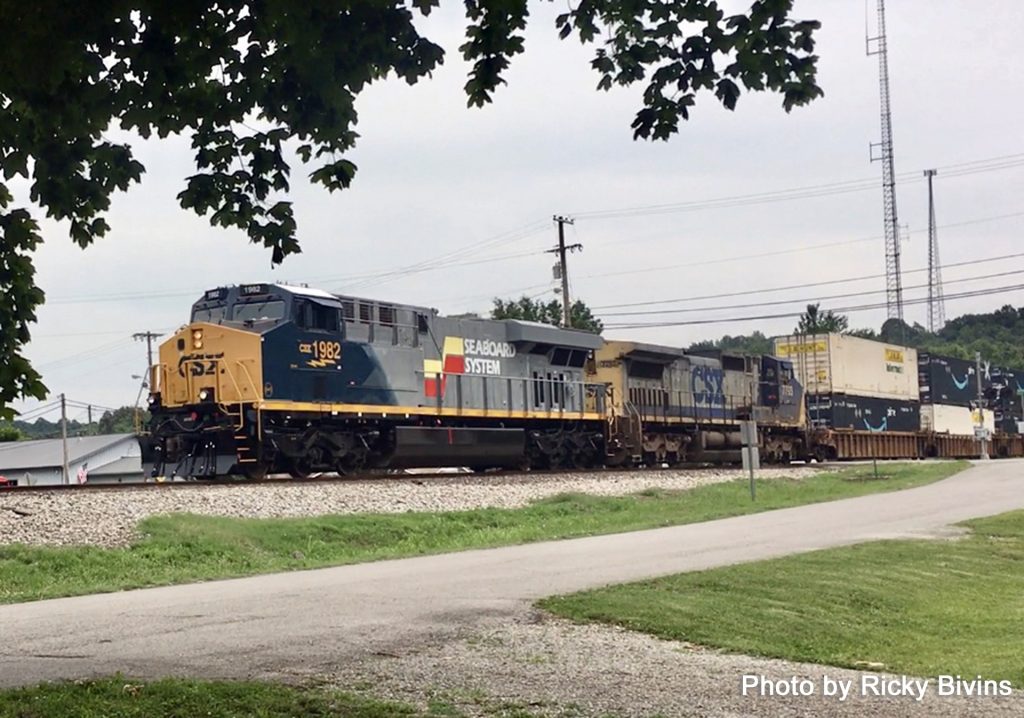
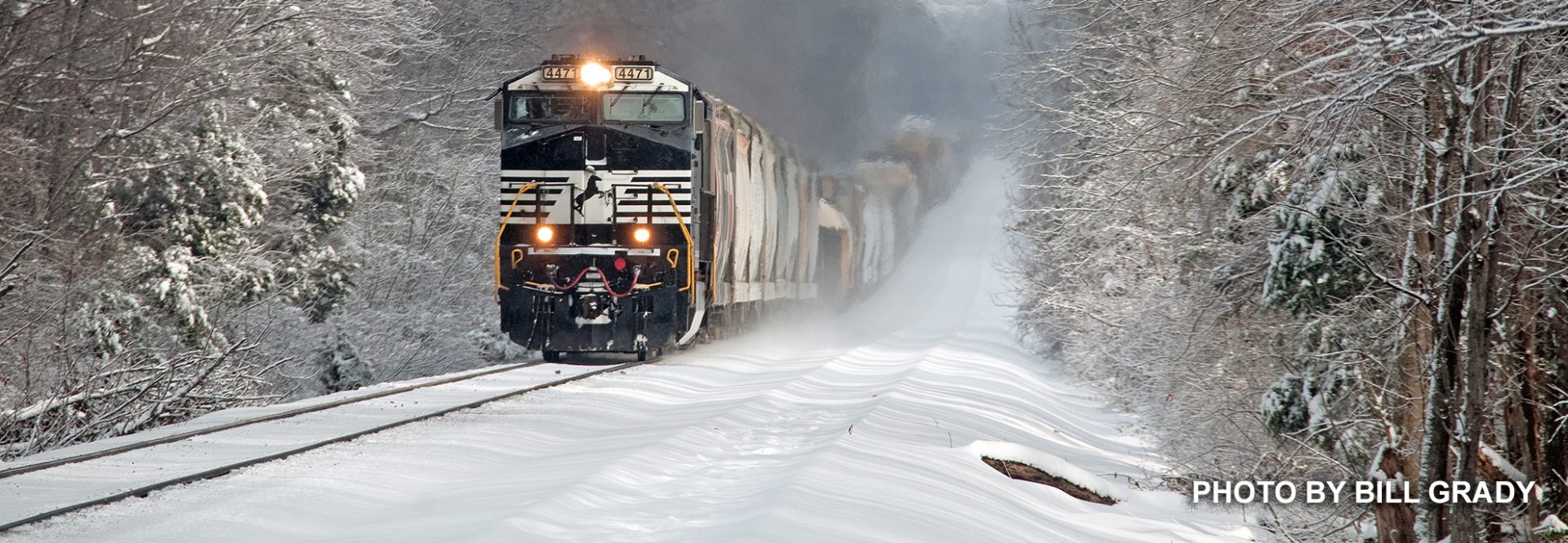



Other Entries



Photos by Ricky Bivins
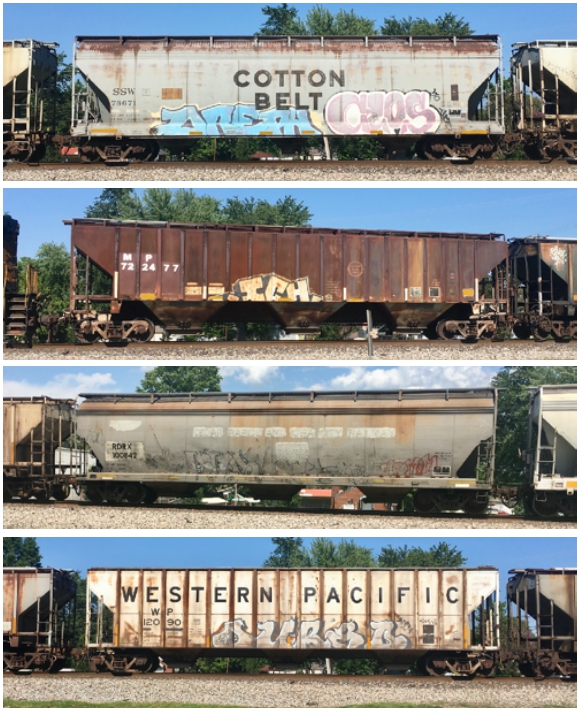


They say technology marches on and those who don’t adapt will be left behind. Railroading is
no exception as the golden age of steam evolved into the diesel era, and the next horizon of
locomotive technology seems to be based on electric and battery power (yes, I do know a
Pennsylvania GG-1 was cutting edge technology and electric way back in the day). The old trusty
Cannon EOS Rebel with 35mm slide film gave way to the Digital EOS Rebel and now that even
takes a back seat to the iPhone or Android in your back pocket for a quick on-demand shot of the
day’s railfan action. Monitoring railroad communications as part of railfanning is no exception to this
technology marching forward drum cadence. While the majority of railroad communications remains
the plain analog technology from multiple decades ago, changes are slowly making their way into the
industry.
The first change, called narrow banding, resulted in the existing 97-channel band plan to be
expanded with channels 107 to 196 interleaved between the existing frequencies. One example would
be AAR Channel 183 (161.3625 Mhz) and AAR Channel 184 (161.3775 Mhz) being adjacent to the
old AAR Channel 84 (161.3700 Mhz and CSXT’s main road frequency assignment through
Madisonville). These additional frequencies effectively doubled the amount of channels available to
railroads and their associated communications. The main effect these new channels had on railfans
was a slight notice of lesser range on all channels due to the nature of narrow band signals – usually
not a big deal.
The other change, related to the FCC’s narrow banding initiative, was the transition from
analog to digital, just as seen with broadcast TV and FM signals, as well as public safety
communication systems. For railfans, this change to digital felt foreboding as the possibility of not
being able to hear train crews, dispatchers and lineside hotbox detectors could impact the ability to
locate the action and get that prize winning first-place photo entry. Luckily most of these digital trials
are only affecting large terminal operations or other test locations.
Even as scanner manufacturers were starting to release digital scanners in the early 2000’s,
the different modes (APCO P-25, NXDN, and DMR) caused a lot of confusion and railfans asking
“what radio do I really need?” especially with some of the top-line scanners being $700 or more.
Unless you were heavily interested in public safety communications, these digital scanners were
really unnecessary for the average railfan. Plus all the new digital features made programming an
exercise akin to an electrical engineering class final exam.
While the AAR standard for digital voice radio uses the NXDN/Nexedge digital format there
has been no mandate to use digital so far. Regional and smaller railroads, as well as railroad
museums, have been known to use channels and even trunked radio systems (a whole other animal)
outside of the AAR plan in the business-band frequency ranges. Additionally, some small operations
even use DMR or other digital modes for internal communications.
On July 26, 2023 Uniden announced two new radio scanners on The Scanner Guys weekly
amateur radio/scanner Youtube channel specifically aimed at railfans who may not need all the fancy
features and are only concerned about being ready for the local railroad’s switch to digital. The
BCD160DN handheld and BCD260DN base/mobile are based on Uniden’s existing BCD396xx and BCD996xx series of full-featured digital scanners but at a lower price point and an easier learning
curve without the need for paying for extra digital modes and features. The NXND and DMR digital
modes are included at no additional cost. While no expected release date was given, these two new
units may be the next future upgrade you may need for your railfan toolbox.
Article by Chris Dees, Photos courtesy of Coffeeville Company – Brookfield, WI
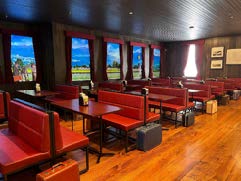
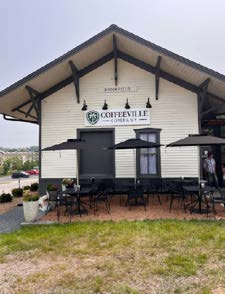
During the expansion of railroads in the 1800s across the country, the town depot was considered one of the key social gathering places of its time. On July 24, 2023, the 1867 depot in the Milwaukee suburb of Brookfield, Wisconsin reclaimed that status as the restored depot reopened as The Coffeeville Company’s newest location. In November of 2021, the depot was moved 300 feet across the street from its original location on Brookfield Road and North Hills Drive between two railroad tracks. The Wisconsin Economic Development Corporation says for nearly a decade, the city of Brookfield worked to save the 1867 train depot. It is believed to be the city’s second oldest surviving structure.
After purchasing the depot from Kansas City Canadian Pacific Railway for $1, the city moved the depot to its current site to serve as a Waukesha County trailhead for the new Fox River Bicycle and Walking Trail, and to return it to its historic social status as a community gathering place with a privately-run café. “We are extremely lucky to come into 1800s train depot and do this again,” says Jack Kulwikowski, the founder and owner of Coffeeville Company. For the last two years, this has been a passion project for Kulwikowski. This is the second location for the coffee company that first opened in Jackson in a restored log home built in the 1800s. “Coffeeville Company was born to bring historical excitement and restoration to the community,” says Kulwikowski.
The depot has been beautifully restored, including the waiting room (now a dining area), mail sorting rack and ticket office which give the coffee shop a great historic feel. Outside, railfans can sit and watch the trains roll by along the CPKC mainline while enjoying breakfast, lunch or just a nice cup of Joe.
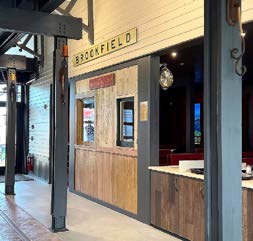
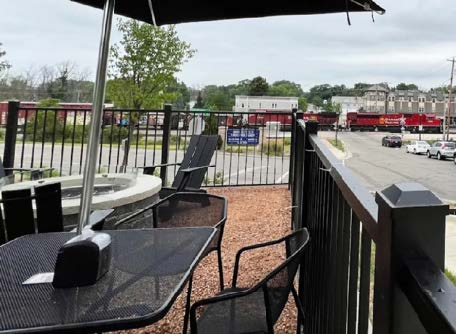
CSX 1973 Chessie System heritage unit rolls into south Atkinson (Madisonville) just past sundown, August 12, 2023. Top Photo by Bill Thomas.
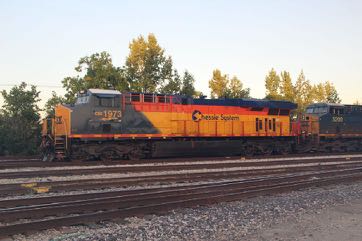
Bottom Photo – Jim Pearson was a the same location when E002 arrived. This drone shot shows conductor Nick Jochim climbing aboard after lining the switches. See more info on Jim’s Facebook page.
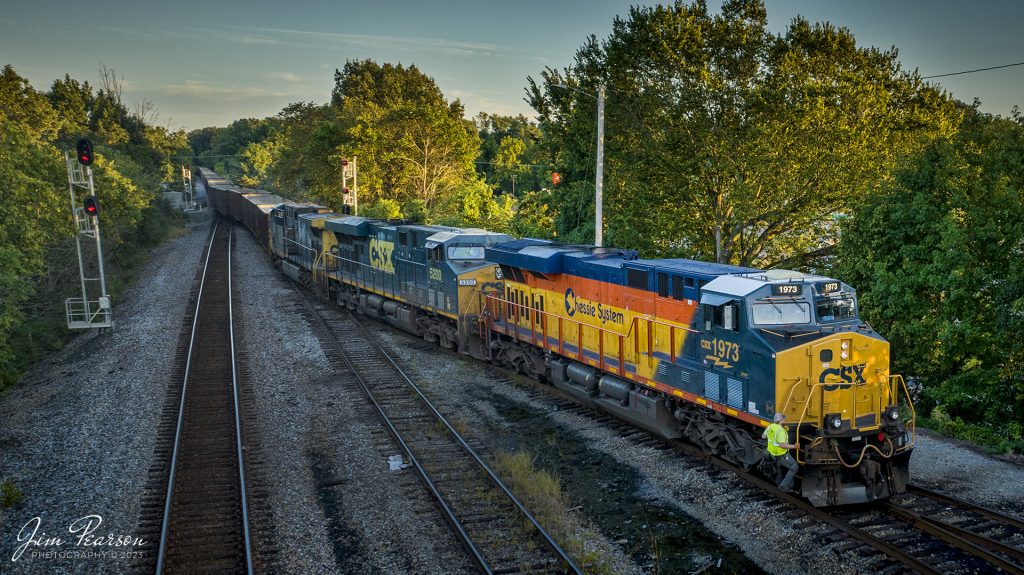

High noon on June 17, 2023 in Union Mills, Indiana sees the Chesapeake and Indiana power resting for the weekend. The railroad’s reporting marks of CKIN earned the railroad’s nickname of “The Chicken” by local railfans. 6386 is an SD40-2 and 5115 is a GP38-2. Photo by Chris Dees

Siemens Charger number 4611 is ready to depart Carbondale, Illinois with the morning Saluki to Chicago on the morning of July 7, 2023. Superliners are being used on the Illini and Saluki trains due to their heavier weight and improved detection by the PTC signal system. Photo by Chris Dees.
Smoke Gets In Your Eyes – a great show tune written by American composer Jerome Kern and lyricist Otto Harback for their 1933 musical Roberta. It still is popular song, having been performed by numerous performers, but the most famous version was recorded in 1958 by The Platters.

Not so wonderful, however, for engine crews racing across America’s landscape. The configuration of steam motive power dictated that the smoke stack be up front ahead of the boiler. Besides, that exhaust is what created the draft keeping the firebox ablaze.
Most railroads ignored the problem, but the Union Pacific and a few others solved the problem to a degree with “elephant ears,” as they were nick-named. The ears extended in front of the smokebox, and the forward movement, at speed, created an updraft. At slow speeds, tough luck, and hope for a good side wind. The Southern Pacific solved the smoke problem particularly in their many tunnels by buying Cab-forward steam locomotives.
I can remember vividly parked along the Chilkat River in Alaska in 1958, drinking terrible home brew, watching the Northern Lights, and listening to the Platters new hit; “Smoke Gets in your Eyes,” static and all. (It does get better than that…)
Credits: Classic Trains – Winter 2010, Photos: top Stan Kistler collection, bottom Allen W. Madison
Another commodity forfeited to trucks. A special Northern Pacific Railway train loaded with sheep, leaving Blatchford, Montana over 90 years ago. Blatchford is on the mainline between Glendive and Miles City. Most railroads got out of the livestock shipments in the 70s. Part of the problem was those thousands of stock cars were unusable for anything else about eleven months out of the year.
That passenger car is a “drover” car, transporting the owners and handlers of the stock. There was a requirement that stock must be off-loaded, fed and watered, if the transport time exceeded 36 hours. Thus, the owners and shepherds on board.
When we were in Butte, MT., in the late 60s the cattle trains loaded in SW Montana could make the trip to slaughter houses in Omaha, just under the 36 hours, with little time to spare. There still was a drover car as the stock needed to be off-loaded, and sorted at the slaughter houses. One year I had the opportunity to ride along, invited by an owner. This train from Dillon, MT was a joint effort by about a dozen stockman owners and their cowboy handlers. After some thought about: being confined in a drover’s car or a string of cabooses, uncertain dietary sources, undoubtedly too much booze, and I don’t need to tell you about what’s on their boots…. Then, how do we get home?, a charter bus. uh uh. – Gary


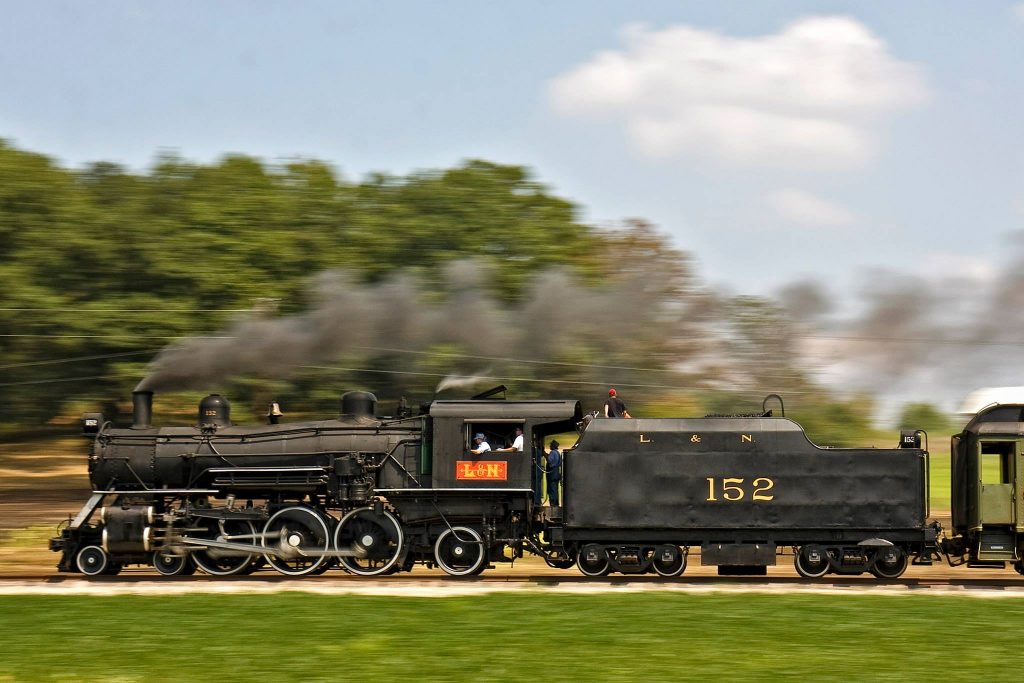
Our goal is to put one of the Last L&N Steam Engines in the world back to work pulling excursion trains for our museum, as well as educate the public regarding the heritage of Kentucky’s Railroads and the people who built them. The L&N 152 needs both boiler and running gear work. Please visit the Crew 152 Facebook page for the most up to date information and photos.
American composer Jerome Kern and lyricist Otto Harback for their 1933 musical Roberta. It still is popular song, having been performed by numerous performers, but the most famous version was recorded in 1958 by The Platters.
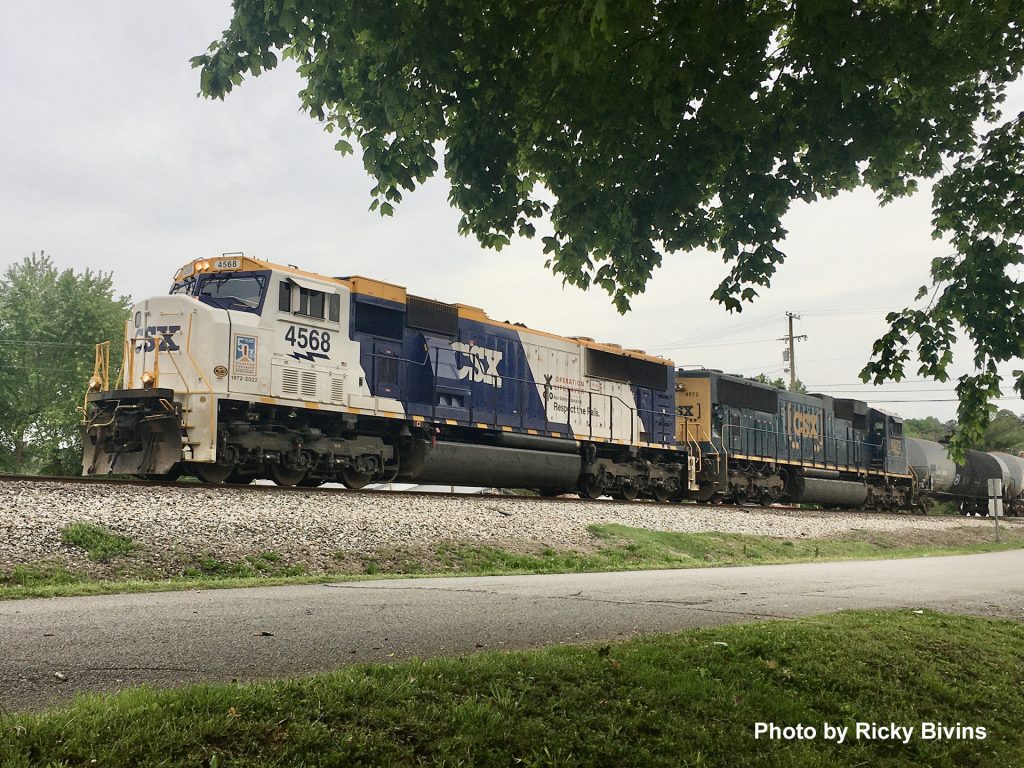
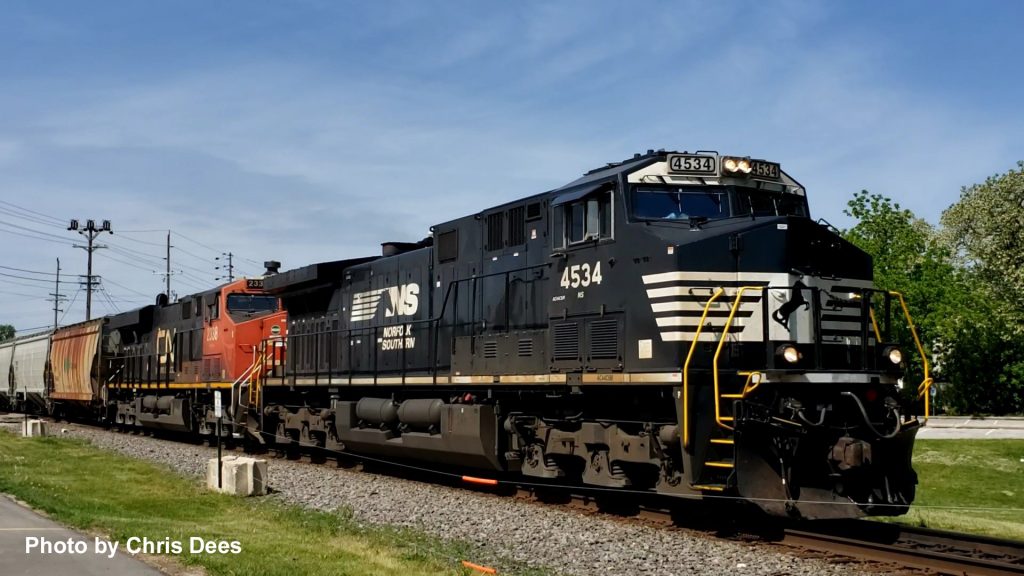
The other entries were:
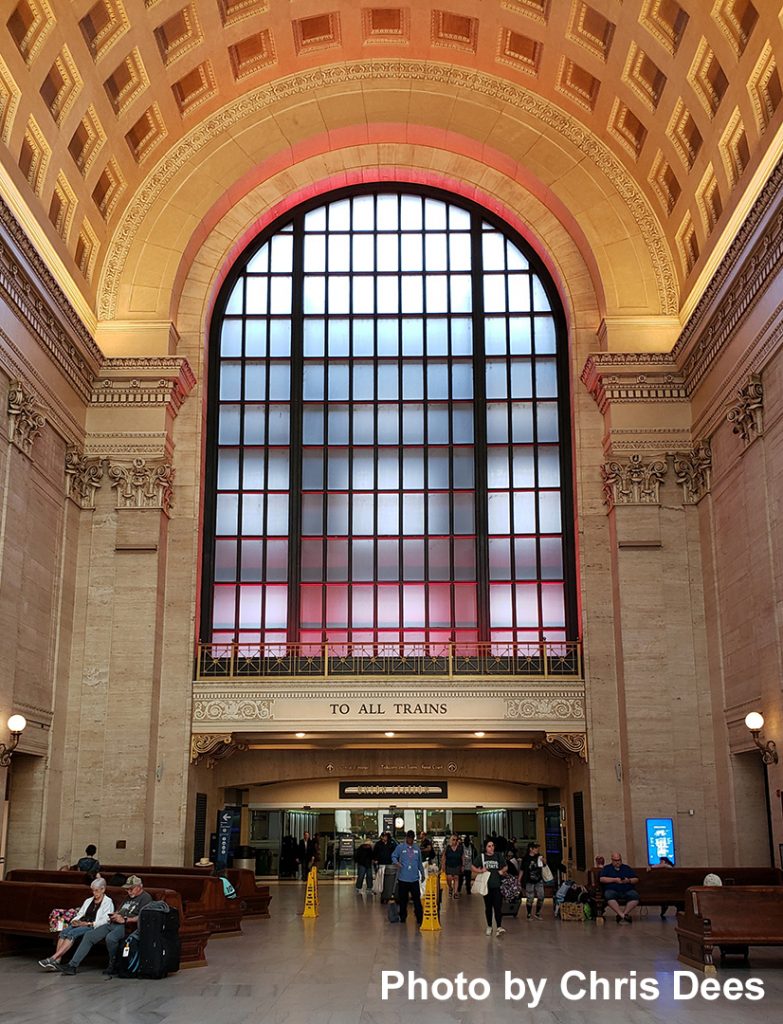
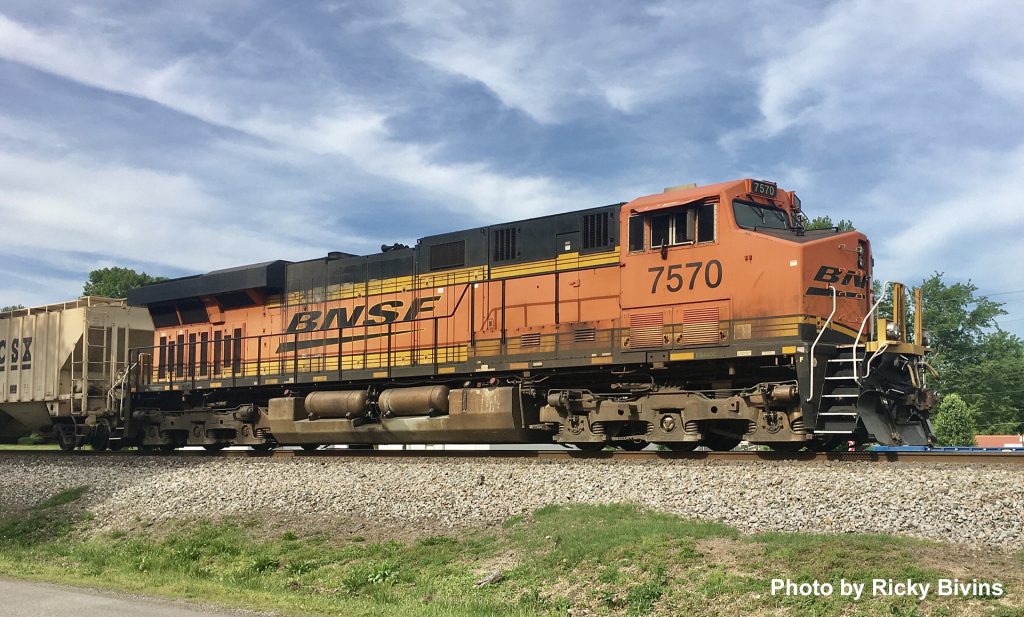
Our goal is to put one of the Last L&N Steam Engines in the world back to work pulling excursion trains for our museum, as well as educate the public regarding the heritage of Kentucky’s Railroads and the people who built them.
The L&N 152 needs both boiler and running gear work. Please visit the Crew 152 Facebook page for the most up to date information and photos.


